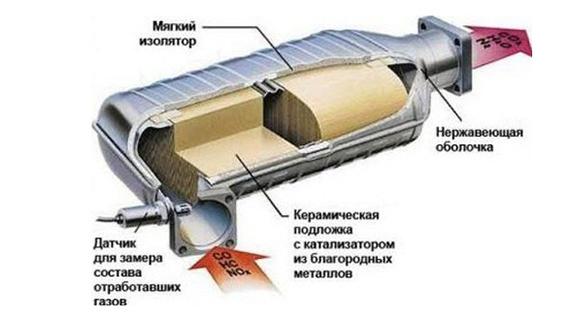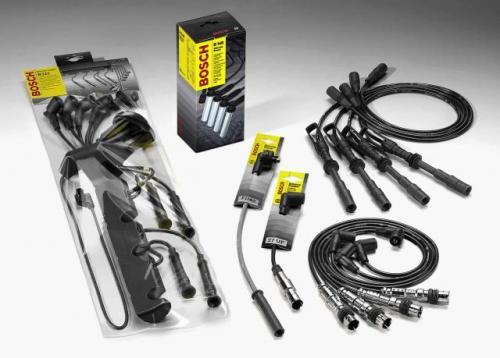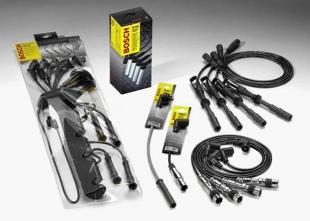
Ignition and catalyst
 A faulty ignition system can destroy the catalytic converter and muffler. Does your car engine start instantly?
A faulty ignition system can destroy the catalytic converter and muffler. Does your car engine start instantly?
Three types of ignition systems are used in modern vehicles with modern high spark energy ignition systems. The ignition system, equipped with coils placed directly on the spark plugs, is modern and reliable, while the solution with independent coils and high-voltage cables is widespread. Traditional solution with one ignition coil, classic distributor and  with high voltage cables are a thing of the past. Ignition systems are controlled by a computer that stores the ignition map and other information necessary for the correct functioning of the drive.
with high voltage cables are a thing of the past. Ignition systems are controlled by a computer that stores the ignition map and other information necessary for the correct functioning of the drive.
Today, ignition systems are very well made and protected from moisture, so they are highly reliable. Breakdowns and defects occur less frequently than before, but they have not been completely eliminated. This is especially true in cases of "economical operation", in which the manufacturer's recommendations for replacing components are not followed or low-quality substitutes are used. Therefore, in modern cars there are difficulties with starting, misfires or the lack of a smooth transition from low to high speeds. These problems can be caused by faulty ignition coils, worn ignition wires with punctures, or faulty spark plugs. If there is a malfunction in the control computer, as a rule, no ignition spark is generated and the engine does not work.
While the exhaust systems of cars were deprived of a catalytic converter and lambda probes, the defects described did not have serious consequences. Nowadays, the ignition system also affects the performance and durability of the exhaust. This is especially true for solutions in which a catalyst with a ceramic core was used. The core is subject to mechanical damage caused by local overheating, since the air-fuel mixture, which has not been properly burned in the engine cylinders, is ignited by hot catalyst fragments. The ceramic material of the catalyst is first destroyed along the channels, and then crumbles into pieces, which are carried away with the exhaust gases and enter the mufflers after the catalyst. Some chambers inside the mufflers are filled with mineral wool and catalyst particles are deposited in them, preventing the passage of gases. The end is such that the catalytic converter ceases to perform its tasks and the mufflers are clogged. Although the component housings are not subject to corrosion and the system is sealed, the indicator light on the instrument panel lights up to indicate a malfunction. In addition, catalyst particles are noisy in the housing and exhaust pipes.
It is worth remembering that untimely replacement of spark plugs, ignition cables or other elements of the ignition system by the car owner and tolerance for difficult starting or uneven engine operation can lead to costly replacement of the catalyst and exhaust system components. If the ignition system malfunctions, do not delay the repair. The first tips on this topic are already in the car's operating instructions. If the engine does not start after several attempts on a working vehicle, contact a service center to determine the cause and do not continue to crank the crankshaft until it is completed. The good news is that the spare parts market offers good quality catalysts at prices three times lower than the original ones in the Dealership.
